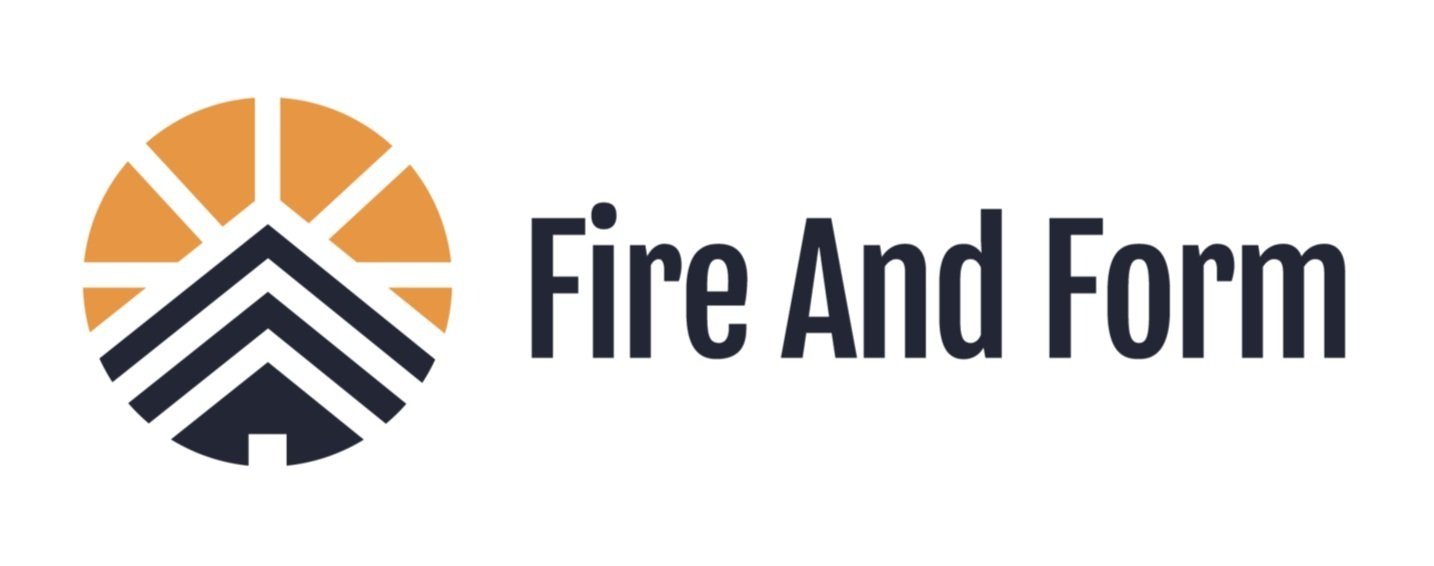Energy Efficiency Improvements - Split Incentive Problem
Energy costs in Canada have risen sharply in 2022, and with the proposed Carbon Tax, they will continue to rise through the decade. Businesses can invest in energy efficiency improvements at their offices, shops, warehouses, facilities, or shops to reduce exposure to rising energy costs.
Energy efficiency improvements can yield a high return on investment (>30%) and improve margins by reducing operating costs. However, many businesses lease their operating spaces. Building owners pass on energy costs directly (triple net lease) or indirectly (gross lease) to the business renting the property. A split-incentive problem exists where a tenant pays for the energy and the building owner invests in the building can get in the way of either party investing in energy efficiency improvements.
In this situation, what can businesses do to remain competitive and control operating costs against rising energy prices?
· Evaluate current and future energy costs for the space before signing a lease. Ask the owner for utility bills or estimated energy costs for the space.
· Negotiate tenant improvement allowance and tenant inducements to invest in energy efficiency improvements that may benefit owner and renter over the longer term.
· Complete an energy audit looking for no-cost / low-cost improvements to reduce energy use in the rented space.
· Assess minor capital upgrades with short term paybacks such as lighting or lighting controls.
The split-incentive problem can be a barrier to investing in energy efficiency, but by recognizing the situation and collaborating, the tenant and the property could stand to both benefit from the improvements.
